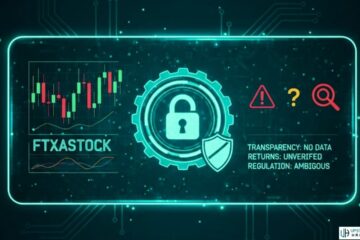Welcome to the fascinating realm of blockchain technology! In this comprehensive guide, we will demystify the concept of blockchain and explain why it should be on your radar. Blockchain isn’t just a buzzword; it’s a revolutionary force that’s transforming industries worldwide. So, let’s embark on this journey to understand “The Beginner’s Guide: What is Blockchain and Why Should You Care?”
What is Blockchain?
Blockchain, in simple terms, is a decentralized digital ledger that records transactions across multiple computers. It’s a chain of blocks, each containing a batch of transactions. Once a block is filled, it’s linked to the previous one, forming a secure and unchangeable chain.
Blockchain technology, often referred to as simply “blockchain,” is a distributed ledger technology that underlies cryptocurrencies like Bitcoin. At its core, a blockchain is a chain of blocks, each containing a list of transactions. But what makes it revolutionary is its decentralized and tamper-resistant nature.
The Genesis of Blockchain
The concept of blockchain was first introduced in a whitepaper titled “Bitcoin: A Peer-to-Peer Electronic Cash System” by an anonymous entity known as Satoshi Nakamoto in 2008. This whitepaper outlined the fundamental principles of blockchain technology and how it could be used to create a new form of digital currency.
Defining Key Terms
Before diving deeper into blockchain, let’s define some key terms that will be essential in our exploration:
- Blockchain: A distributed ledger that records transactions across multiple computers in a way that ensures the security, transparency, and immutability of the data.
- Decentralization: The absence of a central authority or intermediary controlling a network or system.
- Cryptocurrency: A digital or virtual currency that uses cryptography for security and operates independently of a central authority.
- Node: A device or computer that participates in the blockchain network by validating and storing transactions.
- Consensus Mechanism: A method used by blockchain networks to achieve agreement among nodes on the validity of transactions.
- Transactions: Digital records of exchanges or actions that are recorded on the blockchain.
- Blocks: Containers that hold a batch of transactions on the blockchain.
How Does Blockchain Work?
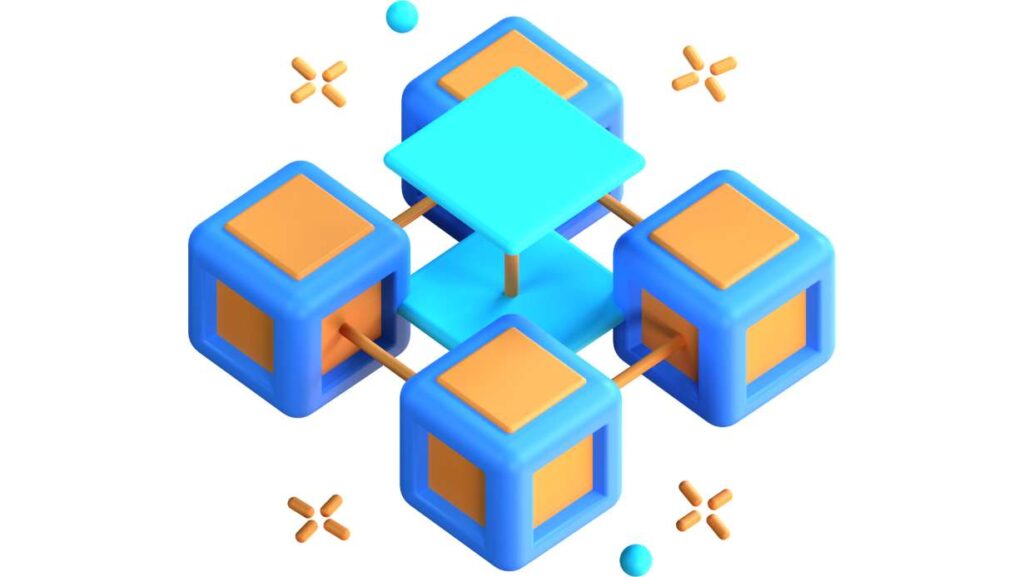
Decentralization
The key feature of blockchain is its decentralization. Instead of relying on a central authority, such as a bank or government, transactions are verified and added to the blockchain by a network of nodes (computers) spread across the globe. This network operates on a consensus mechanism, which ensures that all nodes agree on the validity of transactions.
Data Structure
Blockchain utilizes a unique data structure where transactions are grouped into blocks. Each block contains a cryptographic hash of the previous block, creating a chain that links all blocks together. This chain of blocks ensures the immutability of the data, making it nearly impossible to alter past transactions.
Consensus Mechanisms
To validate transactions and reach a consensus, various mechanisms are used, such as Proof of Work (PoW) and Proof of Stake (PoS). PoW, used by Bitcoin, requires miners to solve complex mathematical puzzles, while PoS relies on validators who hold and “stake” a certain amount of cryptocurrency to participate in the validation process.
Cryptography in Blockchain
Cryptography plays a pivotal role in ensuring the security and integrity of data on the blockchain. Public and private keys are used to encrypt and decrypt information, making it virtually impossible for unauthorized parties to alter transactions.
Transactions and Blocks
In a blockchain, transactions are grouped together into blocks. Once a block is full, it is sealed and added to the chain in chronological order. This process ensures that the history of transactions is transparent and cannot be altered retroactively.
Blockchain vs. Traditional Systems
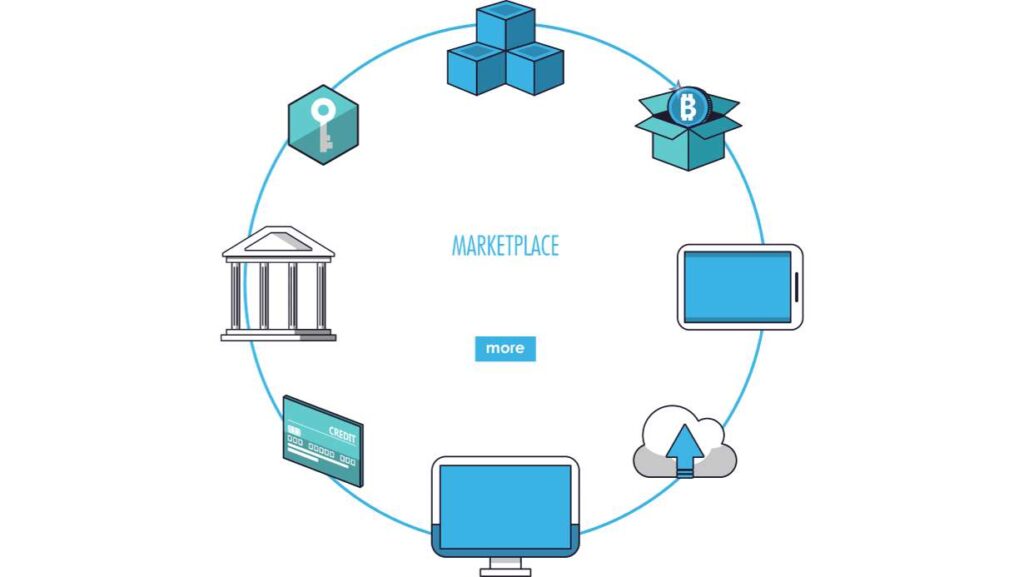
- Trust in a Trustless System: One of the most significant advantages of blockchain is its ability to establish trust in a trustless environment. Traditional systems rely on intermediaries to facilitate trust, whereas blockchain relies on mathematics and cryptography.
- Transparency and Security: Blockchain’s transparency is a double-edged sword. While anyone can view the entire transaction history, the data is secure and immutable. Once a transaction is recorded on the blockchain, it cannot be altered without consensus from the network.
- Speed and Efficiency: Blockchain transactions can be processed more quickly and efficiently than traditional banking systems, especially for cross-border payments. The elimination of intermediaries streamlines the process.
- Cost Savings: By removing intermediaries and automating processes, blockchain can significantly reduce transaction costs. This has far-reaching implications for industries such as finance and supply chain management.
The Pioneering Role of Bitcoin
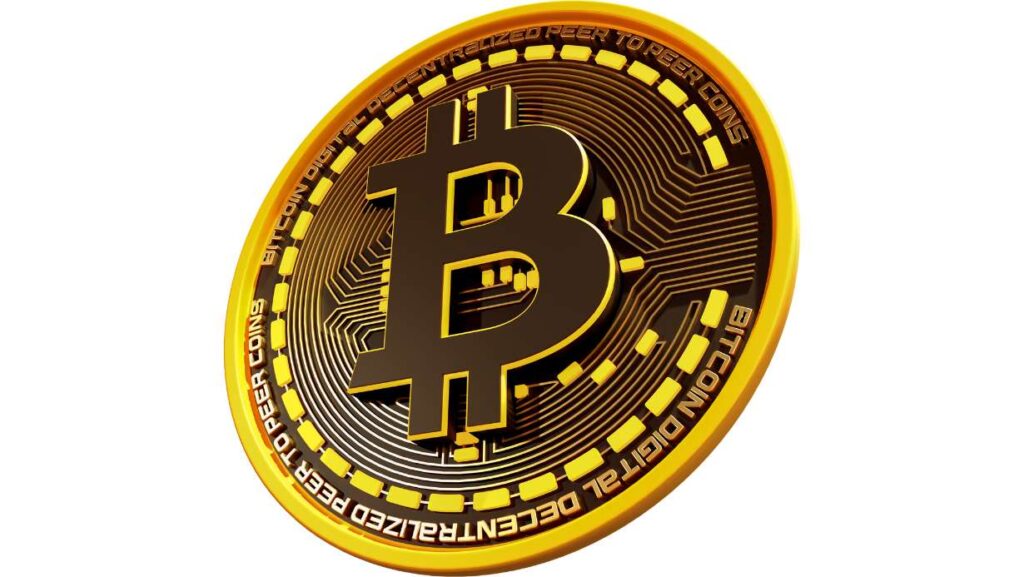
Satoshi Nakamoto’s Whitepaper
The birth of blockchain is inseparable from the creation of Bitcoin. Satoshi Nakamoto’s whitepaper introduced the concept of a decentralized digital currency that operated on a blockchain. This marked the beginning of a financial revolution.
Mining and the Bitcoin Network
Bitcoin transactions are validated through a process called mining, where miners compete to solve complex mathematical puzzles. This not only secures the network but also issues new bitcoins as rewards.
The Impact of Bitcoin
Bitcoin’s success as a store of value and medium of exchange has had a profound impact on the financial world. It has inspired the creation of thousands of other cryptocurrencies and sparked debates about the future of money.
Beyond Bitcoin: Other Cryptocurrencies
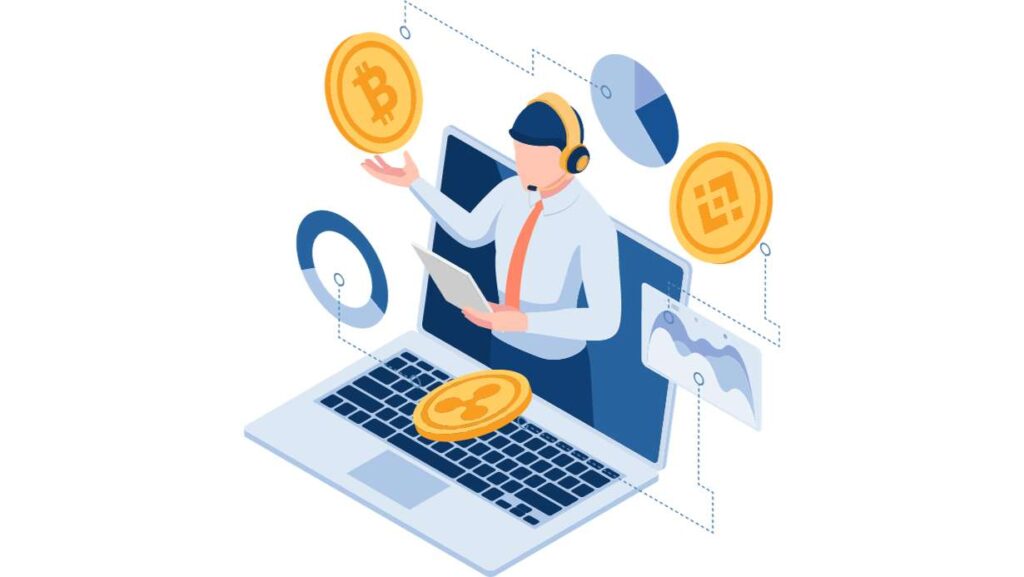
Ethereum and Smart Contracts
Ethereum, often referred to as “Blockchain 2.0,” introduced the concept of smart contracts. These self-executing contracts automate complex tasks, opening the door to decentralized applications (DApps).
Ripple and Cross-Border Payments
Ripple’s blockchain technology focuses on facilitating cross-border payments for financial institutions. Its goal is to make international money transfers faster, cheaper, and more efficient.
Altcoins and Their Purpose
Beyond Bitcoin and Ethereum, there are thousands of altcoins with various purposes. Some aim to improve upon Bitcoin’s shortcomings, while others explore entirely new use cases.
Real-World Blockchain Applications
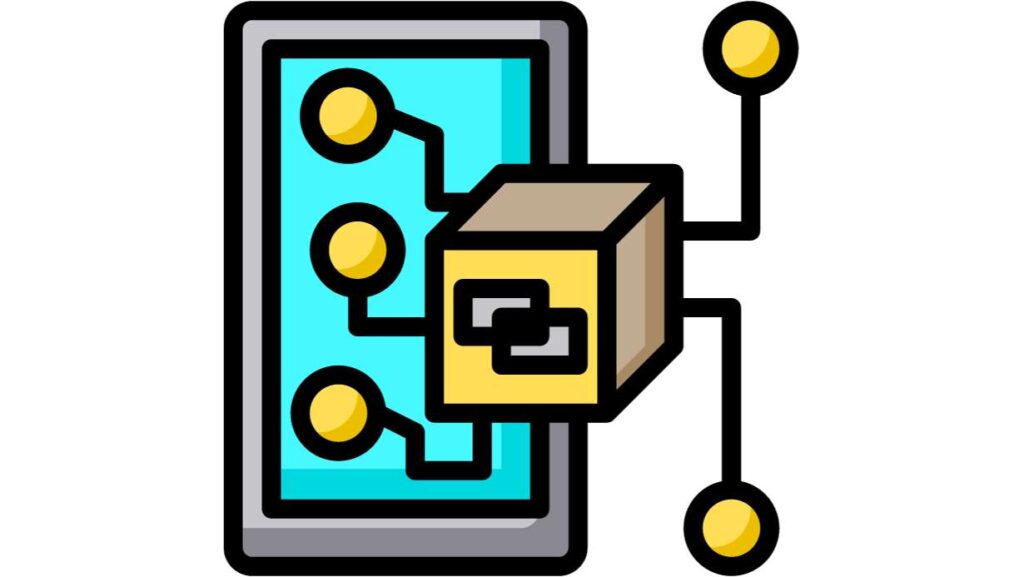
- Supply Chain Management: Blockchain’s transparency and traceability make it ideal for supply chain management. It enables companies to track the journey of products from source to consumer, reducing fraud and ensuring quality.
- Healthcare and Medical Records: The healthcare industry benefits from blockchain by securely storing and sharing patient records. Patients have greater control over their data, and healthcare providers can access accurate information quickly.
- Voting Systems: Blockchain has the potential to revolutionize voting systems by ensuring the integrity of elections. Votes can be securely recorded, and the results can be independently verified.
- Intellectual Property Rights: Artists and creators can use blockchain to establish and protect their intellectual property rights. This prevents unauthorized use and ensures fair compensation.
Blockchain in Finance
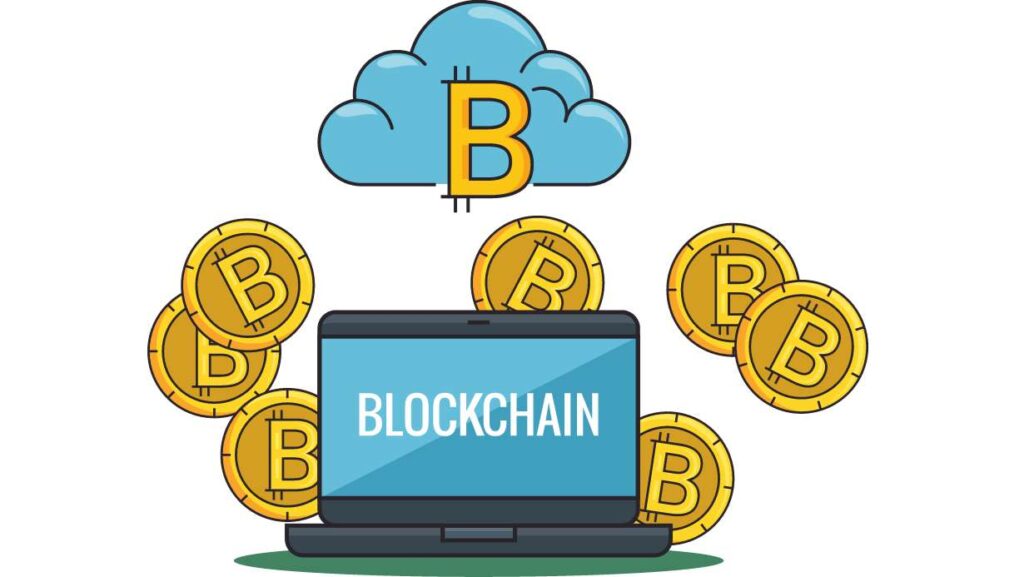
Cryptocurrency Exchanges
Cryptocurrency exchanges serve as platforms for buying, selling, and trading digital assets. They play a vital role in the cryptocurrency ecosystem.
Initial Coin Offerings (ICOs)
ICOs are a fundraising method where new cryptocurrency projects offer tokens to investors. It’s a way for startups to raise capital without traditional funding avenues.
Central Bank Digital Currencies (CBDCs)
Some central banks are exploring the creation of digital versions of their national currencies. CBDCs aim to combine the benefits of blockchain with the stability of fiat currencies.
The Blockchain Ecosystem
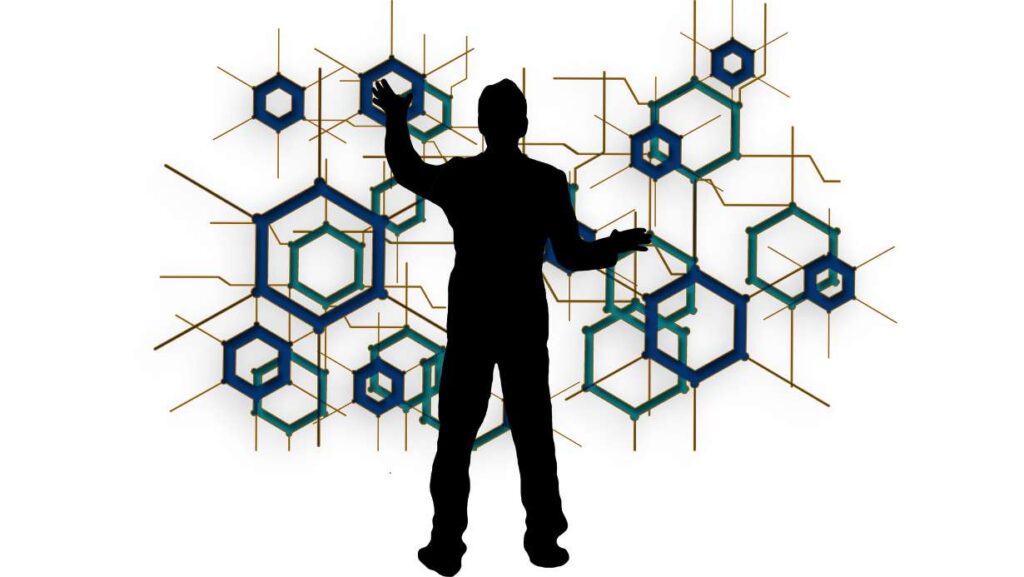
Wallets and Addresses
To interact with the blockchain, users need a digital wallet that stores their private keys. Wallets come in various forms, including hardware, software, and paper wallets.
Cryptocurrency Exchanges
Exchanges are online platforms where users can trade cryptocurrencies. Each exchange has its own set of features and supported assets.
Blockchain Explorers
Blockchain explorers are tools that allow users to view transactions, addresses, and blocks on the blockchain. They provide transparency and accountability.
Development Platforms
For those interested in building on the blockchain, there are development platforms like Ethereum that offer tools and resources for creating decentralized applications.
Challenges and Limitations in Blockchain

- Scalability Issues: Blockchain faces scalability challenges as it seeks to handle a growing number of transactions. Solutions like sharding and layer 2 solutions aim to address this problem.
- Energy Consumption: Proof of Work (PoW) blockchains like Bitcoin are criticized for their energy-intensive mining process. Transitioning to Proof of Stake (PoS) can mitigate this issue.
- Regulatory Hurdles: Governments worldwide are grappling with how to regulate cryptocurrencies and blockchain technology. The lack of uniformity in regulations poses challenges for adoption.
Blockchain and Privacy

Public vs. Private Blockchains
Public blockchains like Bitcoin are open to anyone, while private blockchains are restricted to authorized participants. Privacy considerations vary between the two.
Anonymity and Pseudonymity
Blockchain offers a degree of anonymity, but it’s not entirely anonymous. Users are identified by their wallet addresses, which can be pseudonymous.
Privacy Coins
Privacy-focused cryptocurrencies like Monero and Zcash prioritize user privacy by implementing advanced cryptographic techniques.
Blockchain in the Internet of Things (IoT)
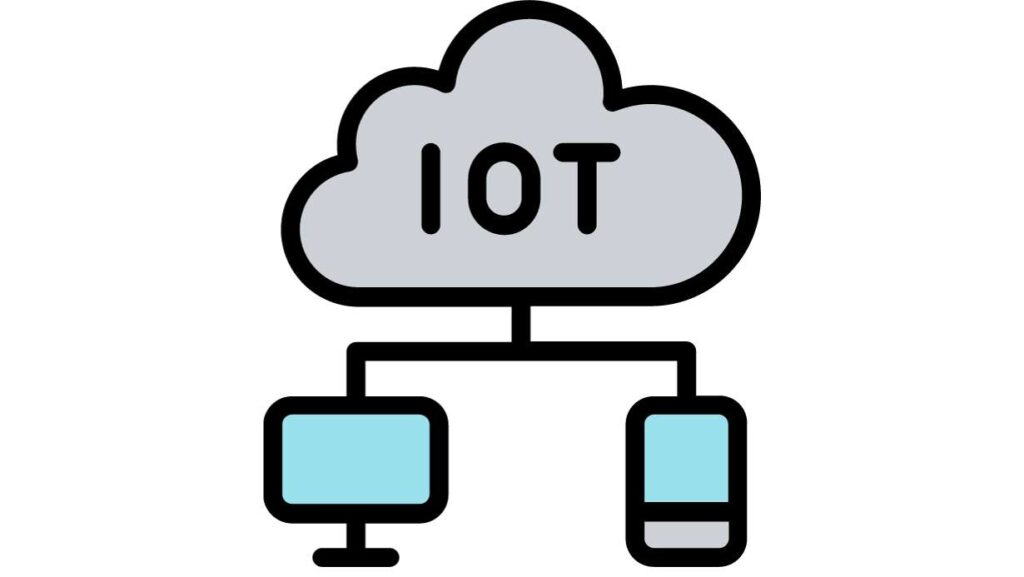
- Decentralized IoT Networks: Blockchain can enhance IoT by creating decentralized networks where devices can securely and autonomously exchange data.
- Secure Data Sharing: IoT devices can use blockchain to securely share data with other devices or systems while maintaining data integrity.
- Use Cases: Blockchain and IoT have applications in various sectors, including agriculture, healthcare, and smart cities.
Blockchain in Supply Chain Management
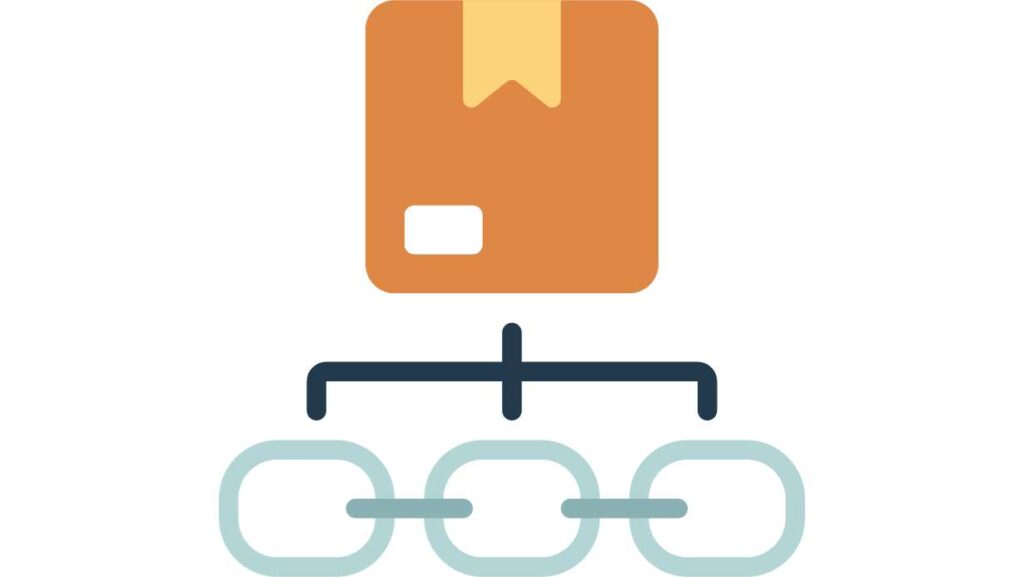
- Traceability and Transparency: Blockchain provides end-to-end visibility in the supply chain, allowing consumers to trace the origin of products.
- Counterfeit Prevention: By verifying the authenticity of products, blockchain helps prevent the proliferation of counterfeit goods.
- Streamlining Operations: Supply chain processes are streamlined through automation and smart contracts, reducing errors and delays.
Blockchain in Healthcare

- Electronic Health Records (EHRs): Blockchain-based EHR systems are emerging, allowing patients to have a single, comprehensive, and secure digital record of their medical history. This record can be accessed by authorized healthcare providers, streamlining the diagnosis and treatment process.
- Drug Traceability: Blockchain is being used to track the production and distribution of pharmaceuticals. This ensures the authenticity and integrity of drugs, reducing the risk of counterfeit medications entering the market.
- Clinical Trials: The transparency and security of blockchain are improving the integrity of clinical trials. Researchers can securely record trial data, ensuring the accuracy and authenticity of results.
Blockchain in Government
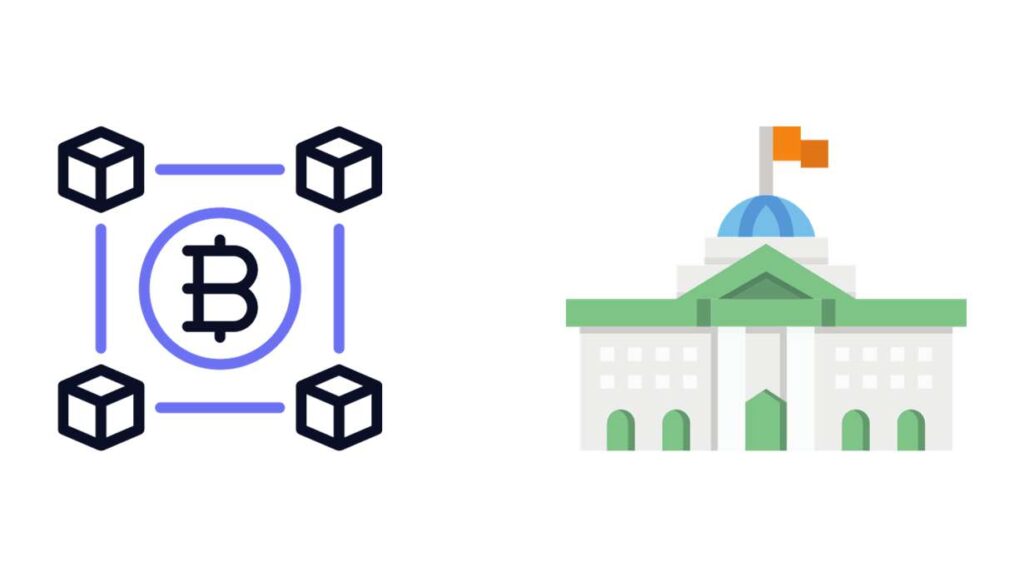
- Digital Identity: Blockchain can be used to create secure and verifiable digital identities for citizens. This can help reduce identity theft and simplify access to government services.
- Voting Systems: Some countries are exploring blockchain-based voting systems to enhance the security and transparency of elections. Votes recorded on a blockchain are tamper-proof and can be audited by anyone, ensuring the integrity of the electoral process.
- Supply Chain Management: Governments can use blockchain to track the flow of goods in the supply chain. This is particularly valuable for customs and border control, ensuring the authenticity and legality of imported and exported goods.
- Land Registration: Land registries can be moved to a blockchain to ensure transparent and tamper-proof land records. This can reduce land disputes and simplify property transactions.
The Future of Blockchain
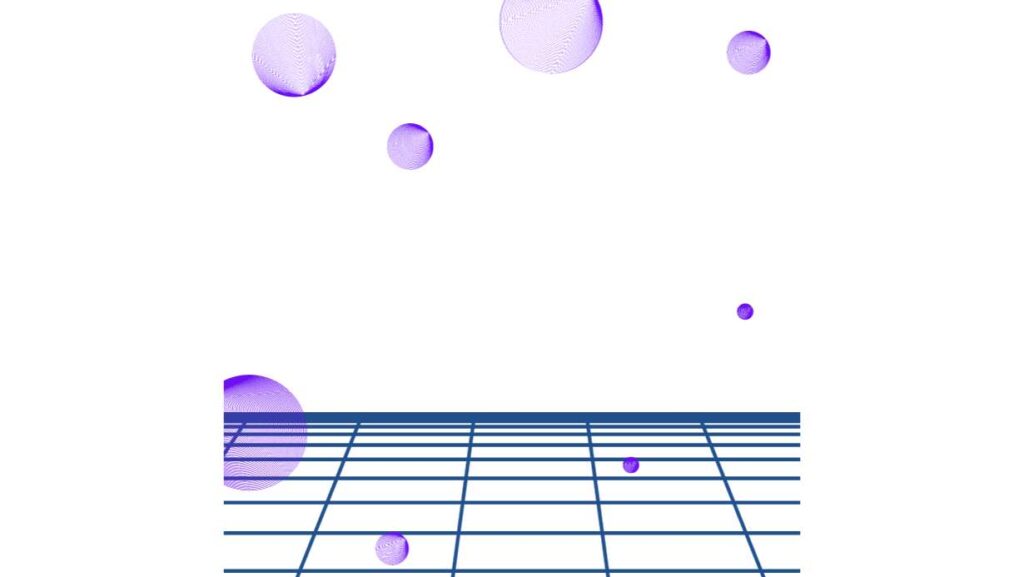
- Emerging Trends: Blockchain technology is continually evolving, with trends like DeFi (Decentralized Finance) and NFTs (Non-Fungible Tokens) gaining traction.
- Integration with AI and IoT: The convergence of blockchain with artificial intelligence and the Internet of Things promises exciting possibilities for automation and data security.
- Potential Disruptions: Blockchain has the potential to disrupt traditional financial systems, legal processes, and many other industries.
Getting Started with Blockchain
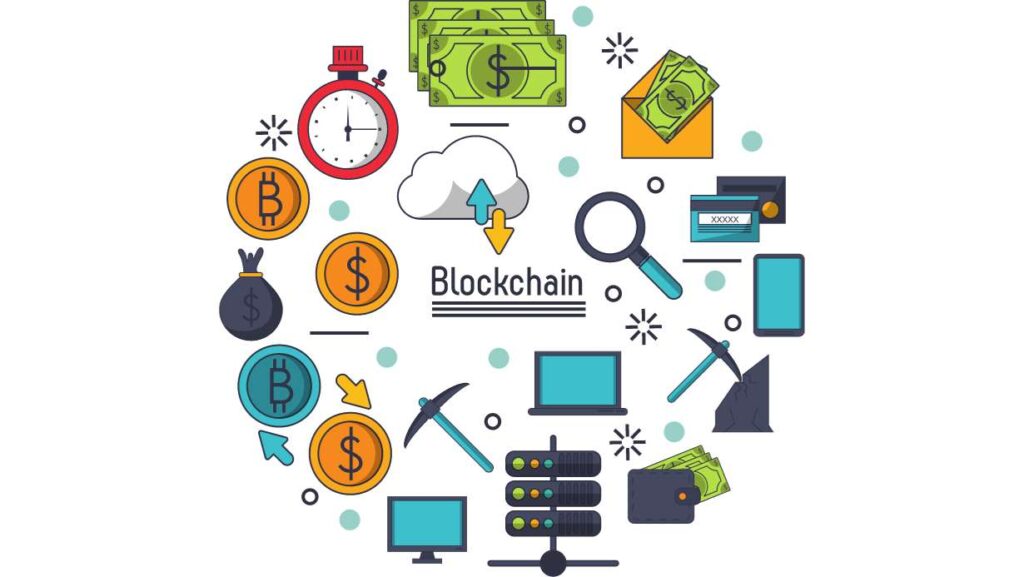
1. Setting Up a Wallet
To get started with blockchain, you’ll need to set up a digital wallet to store your cryptocurrencies securely.
2. Buying Cryptocurrency
You can acquire cryptocurrencies through exchanges using various payment methods, including fiat currency and other cryptocurrencies.
3. Storing and Securing Assets
Protecting your digital assets is crucial. Learn about best practices for securing your private keys and wallets.
Blockchain and Environmental Concerns
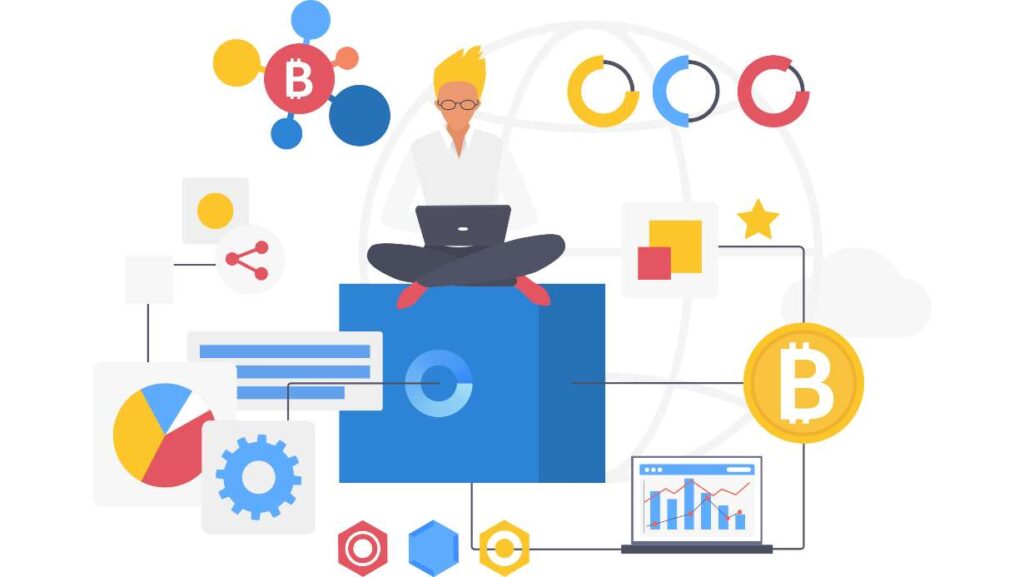
Proof of Stake (PoS)
PoS is an energy-efficient consensus mechanism that some blockchains are adopting to reduce their carbon footprint.
Carbon Offsetting
Blockchain projects are exploring ways to offset their energy consumption by investing in renewable energy initiatives.
Sustainable Mining
Miners are increasingly seeking eco-friendly mining solutions to minimize the environmental impact of blockchain.
Blockchain and Social Impact
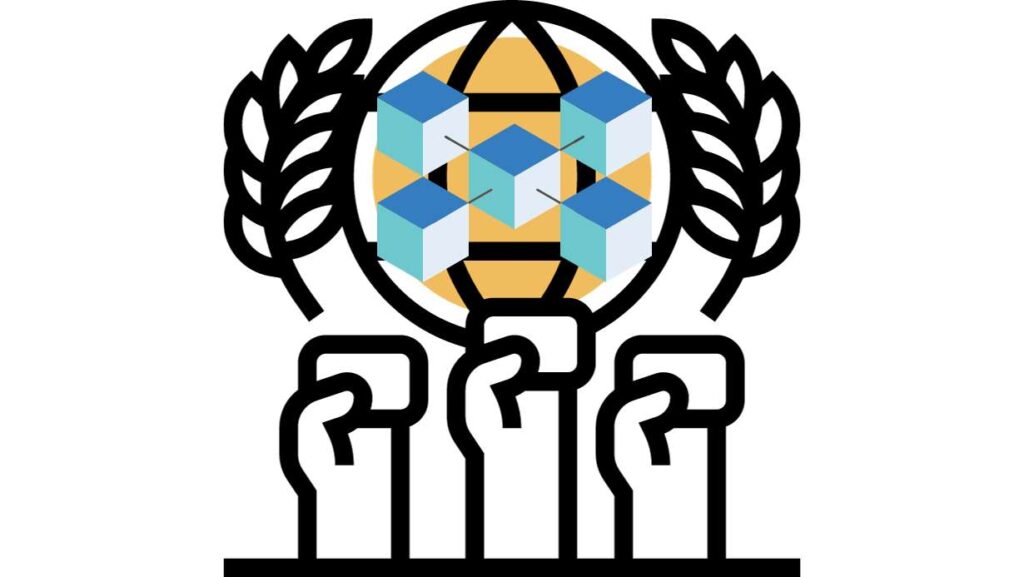
- Financial Inclusion: Blockchain has the potential to bring financial services to the unbanked and underbanked populations, promoting financial inclusion.
- Humanitarian Aid: Blockchain can enhance the transparency and efficiency of humanitarian aid distribution in crisis situations.
- Philanthropy: Donors and charities can use blockchain to track and verify the flow of funds, ensuring transparency and accountability.
Why Invest in Blockchain?
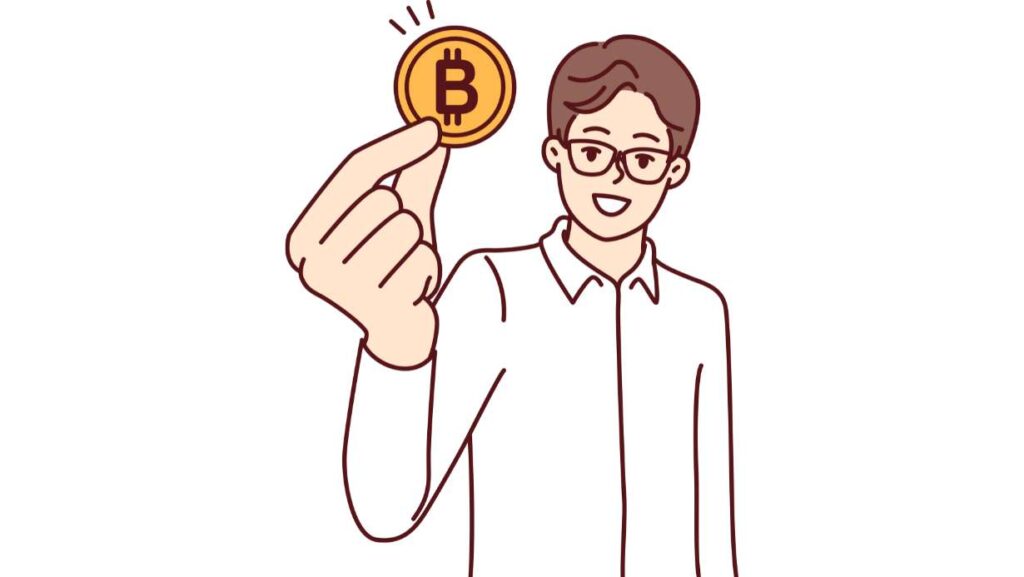
Investing in blockchain offers a range of benefits that have captivated both seasoned investors and newcomers to the financial world.
- Security and Transparency: Blockchain’s security features, including encryption and decentralization, make it highly resistant to fraud and hacking. Every transaction is recorded on a public ledger, ensuring complete transparency.
- Diversification of Portfolio: Blockchain assets, often referred to as cryptocurrencies, provide a valuable addition to any investment portfolio. Their low correlation with traditional assets can help diversify risk.
- Potential for High Returns: The rapid growth of cryptocurrencies like Bitcoin has demonstrated the potential for significant returns on investment. While it comes with higher volatility, it can also offer substantial rewards.
- Innovation and Disruption: Blockchain technology is continuously evolving, creating opportunities for investment in innovative projects and startups that aim to disrupt various industries.
Strategies for Successful Blockchain Investment
Investing in blockchain requires a well-thought-out approach to maximize returns and manage risk effectively.
- Research and Education: Before diving into the world of blockchain investments, it’s crucial to educate yourself about the technology, various cryptocurrencies, and market trends.
- Diversify Your Portfolio: While cryptocurrencies are an exciting investment, it’s essential to diversify your portfolio to spread risk. Consider other assets like stocks and bonds.
- Long-Term vs. Short-Term: Decide whether you want to be a long-term investor or engage in short-term trading. Each approach has its pros and cons, depending on your risk tolerance and financial goals.
- Stay Informed: The blockchain and cryptocurrency market is highly dynamic. Staying updated with the latest news and developments is crucial for making informed investment decisions.
Investing in Blockchain
Now, let’s delve deeper into the various ways you can start investing in blockchain.
- Cryptocurrencies: Investing in cryptocurrencies is the most direct way to enter the blockchain space. Bitcoin, Ethereum, and other digital currencies have gained significant popularity.
- Blockchain Stocks: Several companies have integrated blockchain technology into their operations. Investing in these stocks allows you to indirectly participate in the blockchain revolution.
- Initial Coin Offerings (ICOs): ICOs are fundraising methods used by blockchain startups. By participating in an ICO, you invest in a project’s tokens with the hope that their value will increase.
- Blockchain ETFs: Exchange-traded funds (ETFs) focused on blockchain and cryptocurrency-related assets provide a diversified investment option.
Conclusion
Blockchain technology is poised to reshape industries, redefine trust, and empower individuals in ways we are only beginning to grasp. As blockchain continues to evolve, staying informed and engaged with the technology is key to harnessing its benefits. Whether you’re a developer, investor, or simply a curious observer, the world of blockchain offers opportunities for learning, growth, and innovation.
Blockchain technology has come a long way since its inception with Bitcoin. Its secure, transparent, and decentralized nature has the potential to revolutionize numerous sectors. Whether you’re interested in cryptocurrency investments, supply chain transparency, or data security, understanding blockchain is crucial.
FAQs
Who introduced the concept of blockchain and when?
The concept of blockchain was introduced in 2008 in a whitepaper titled "Bitcoin: A Peer-to-Peer Electronic Cash System" by an anonymous entity known as Satoshi Nakamoto.
What is the role of nodes in a blockchain network?
Nodes in a blockchain network validate and store transactions, ensuring the integrity and security of the data.
How does blockchain achieve consensus among nodes?
Blockchain networks use consensus mechanisms like Proof of Work (PoW) and Proof of Stake (PoS) to achieve agreement among nodes on the validity of transactions.
What are some real-world applications of blockchain technology?
Blockchain is used in supply chain management for traceability, healthcare for secure patient records, voting systems for transparent elections, and intellectual property rights for protecting creators' work, among other applications.
See Also: Is Cryptocurrency Safe? The Risks You Need to Know





